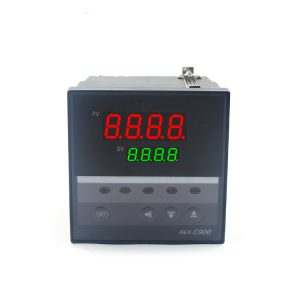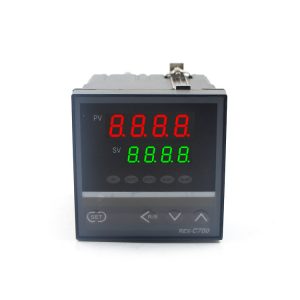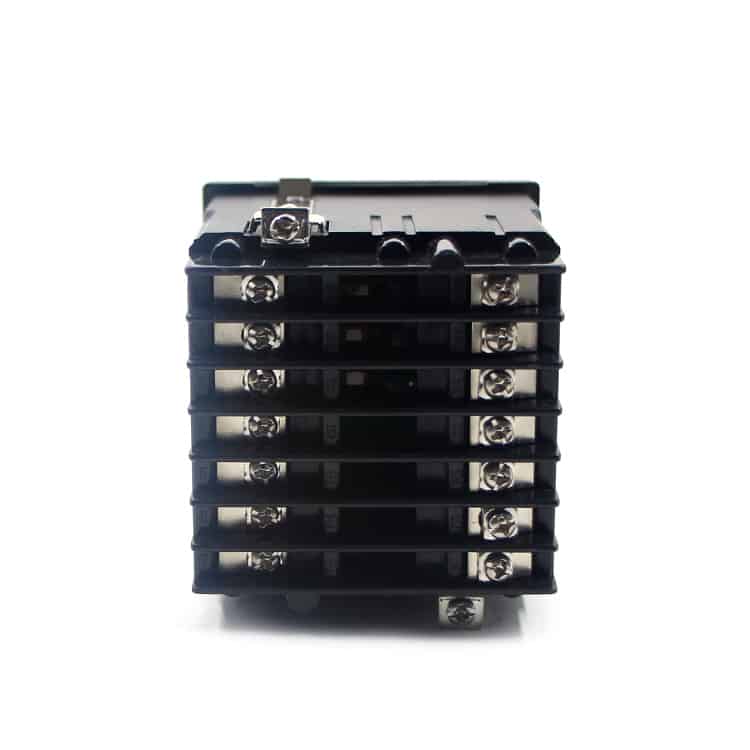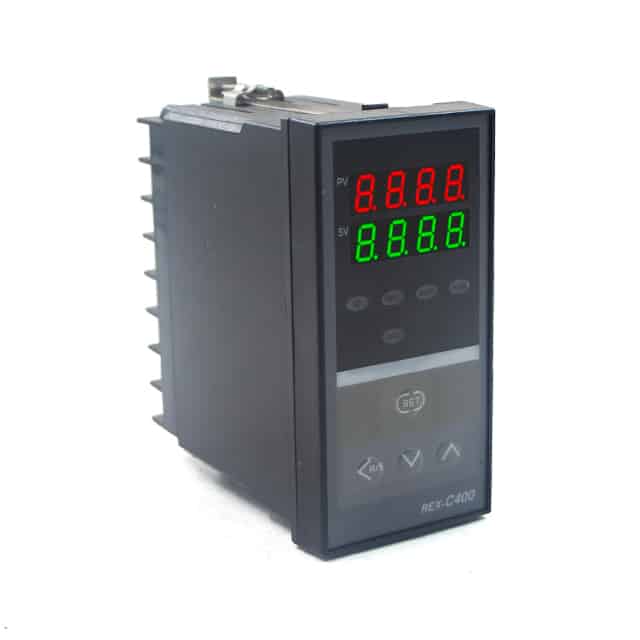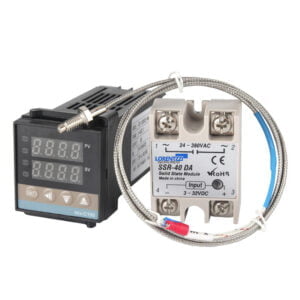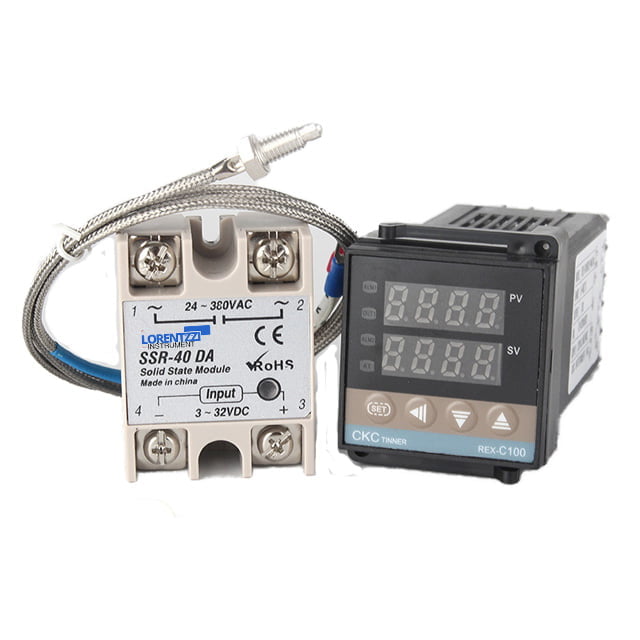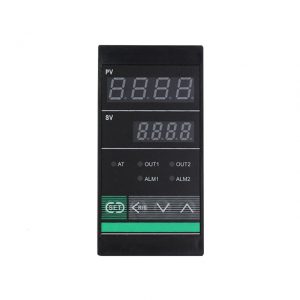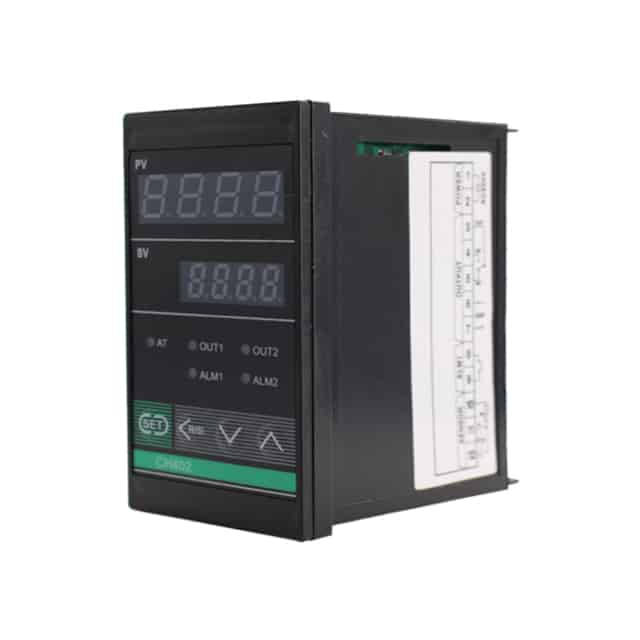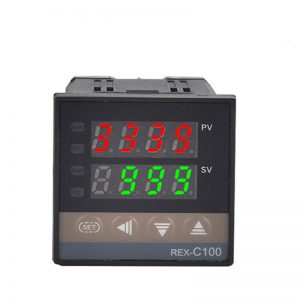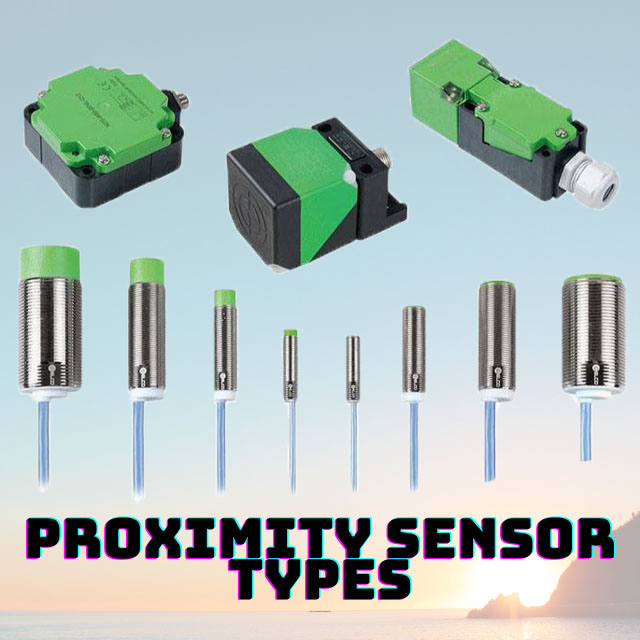You may be curious about temperature controller types, but it is only a piece of cake for a professional. In this article, we will explain it from functional, Installation, application perspectives. Now let’s start reading this article.
Table of Contents
From The Functional Perspective:
On/off Temperature Controller
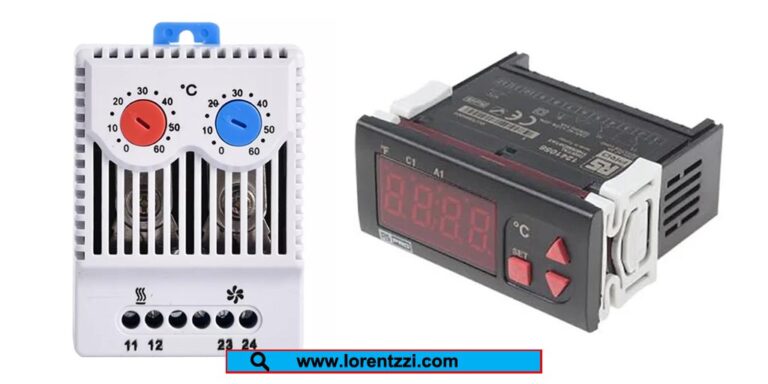
On/off temperature controller is one of the simplest and economical products for controlling your desired temperature. When the temperature is lower or higher than your set temperature, this product will turn the output on or off, which means there will be a permanent error, the temperature curve will always fluctuate and cannot reach a stable value. The on/off temperature controllers are mostly used in situations that do not require high accuracy, such as bread machines, electric baking stoves, refrigerators, freezers, etc.
Proportional Temperature Controller
Compared with the on/off temperature controller, the proportional temperature controller accuracy is higher, as it regulates the output proportionally to the temperature deviation from the set point. The controller increases the output (such as increasing the power of a heater) when the temperature is below the set point and decreases the output when the temperature is below the set point.
Although proportional temperature reduces the error, there is still a gap between the set temperature (also called SV) and the measured temperature (called MV).
Pid Temperature Controller
-
REX C900 Temperature Controller
PID Temperature Controller -
REX C700 Temperature Controller
PID Temperature Controller -
REX C410 Temperature Controller
PID Temperature Controller -
REX C400 Temperature Controller
PID Temperature Controller
PID temperature controller is one of the most accurate process instruments used to maintain the temperature at a stable value. It not only uses proportional algorithms to control temperature, but also combines integral and differential control. PID stands for Proportional, Integral and Derivative. Some intelligent PID temperature controllers also have automatic tuning functions, which means that you do not need to manually adjust the P.I.D parameters, it will find the most suitable parameters on its own.
PID temperature controllers are widely used in situations that require the highest accuracy, such as medical equipment: such as blood analyzers, constant temperature incubators, sterilizers, etc., food processing: such as fermentation, baking, and cooking processes, plastic processing: plastic processing processes middle. Injection molding, extrusion and other heat treatments: metal heat treatment processes, such as annealing, quenching, normalizing
Ramp And Soak Temperature Controller
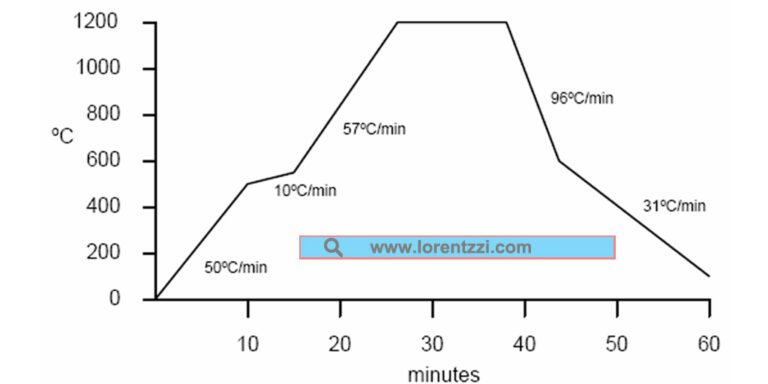
Typical Fast Fire Curve for Roller Hearth Kiln-Source: https://www.researchgate.net/figure/1-Typical-Fast-Fire-Curve-for-Roller-Hearth-Kiln_fig11_270880266
Ramp and soak temperature controller is also known as programmable temperature controller, which is mainly used to control the temperature curve of the kiln according to the required settings. Generally, the ramp and soak temperature controller can set the temperature rising time, dwelling time, so there will be several temperature control sections to set. This property makes it ideal for use in ceramic production, as temperature control is critical to the quality and performance of ceramic products. During the ceramic firing process, precise control of the temperature profile can avoid problems such as product deformation, cracking or quality degradation. In addition, by optimizing temperature control, the efficiency and yield of ceramic firing can be improved.
From The Installation Perspective:
Panel-mount Temperature Controller
Panel mount temperature controllers are the most common type of process controller. It is fixed to the outside of the distribution box using brackets. Therefore, you need to pre-drill holes, insert the thermostat body, and then push the bracket to fix this type of thermostat firmly.
DIN Rail Temperature Controller
The DIN rail temperature controller is a process control instrument that can be mounted on a standard 35 mm DIN rail through its mounting structure. Therefore, in temperature control systems, it can be easily used with various devices, such as PLC, miniature circuit breakers, relays, etc.
Besides, the DIN rail temperature controller also has the advantages of easy installation, space saving, and easy integration.
Lorentzzi can provide DIN rail temperature controllers with a very slim size of only 27 mm, and with RS485 modbus RTU function, the maximum number of parallel connections can be up to 15 units.
From The Application Perspective:
Enclosure Temperature Controller

The enclosure temperature controller is also called enclosure thermostat. To ensure that electronic products operate at the right temperature(temperature between -20 degrees Celsius to 60 degrees Celsius), most distribution boxes are equipped with a temperature controller to protect the internal components from temperature fluctuations.
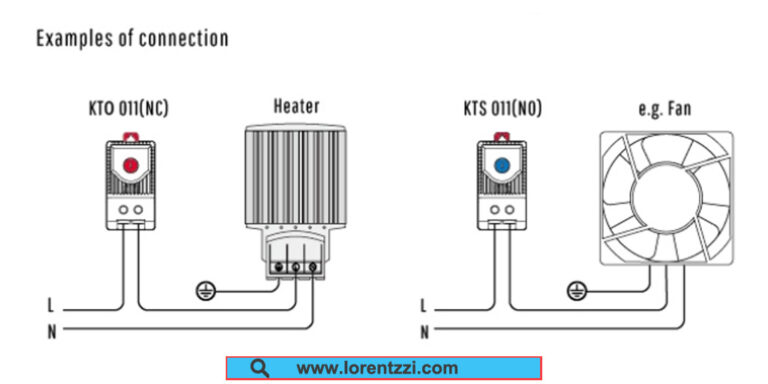
The above KTO 011 and KTS 011 temperature controllers are designed for distribution boxes and are very simple products. By detecting the difference between the set temperature and the measured temperature, the heater or cooling fan is turned on or off to increase or decrease the temperature.
Home Temperature Controller
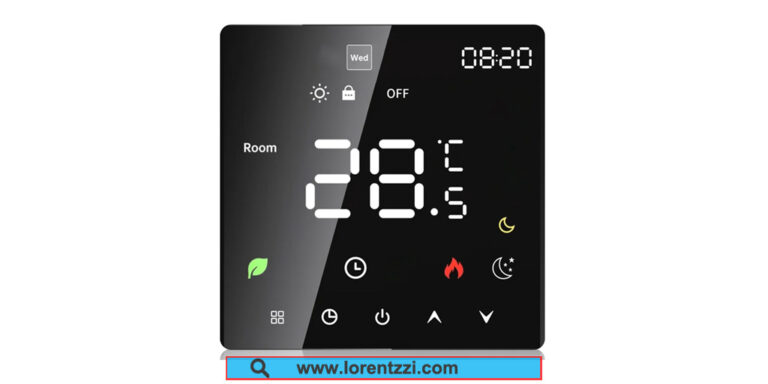
Home temperature controller (or home thermostat) is a widely used product, commonly found in hotels, home living rooms and other places. It keeps the space temperature at a level that people feel comfortable with.
The working principle of a home thermostat is that if the indoor temperature is lower than the set temperature, the thermostat will send a signal to the heating system (such as boiler, heater, etc.) to start working and increase the indoor temperature. On the contrary, if the indoor temperature is higher than the set temperature, the thermostat will send a signal to the air conditioning system or cooling equipment to start working and reduce the indoor temperature.
Industrial Temperature Controller
-
Pid Temperature Controller Kit
PID Temperature Controller -
1/4 Din Temperature Controller CH902
PID Temperature Controller -
CH402 Temperature Controller
PID Temperature Controller -
REX C100 Temperature Controller
PID Temperature Controller
Industrial temperature controllers are more suitable for controlling temperature controllers in specific scenarios, such as injection molding machines, plastic extruders, bottle blowing machines, blister machines, drying equipment, boilers, etc.
Industrial temperature controllers may not be common in daily life, but this does not prevent them from becoming a good solution for industrial temperature control.
In addition to keeping the temperature at a stable temperature, industrial temperature controllers can also serve as indicators to display process temperatures.
Conclusion
The temperature controllers can be divided into several types from different perspectives, but all in all, the temperature controllers are a great solution to the pain points of temperature control.
Lorentzzi®, as a Chinese temperature controller manufacturer, is able to provide various temperature controllers with the best product quality and competitive prices, we are the leading force in temperature controller manufacturing.We always keep innovation and user first in mind. Click to see more of our cost-efficient temperature controllers.

